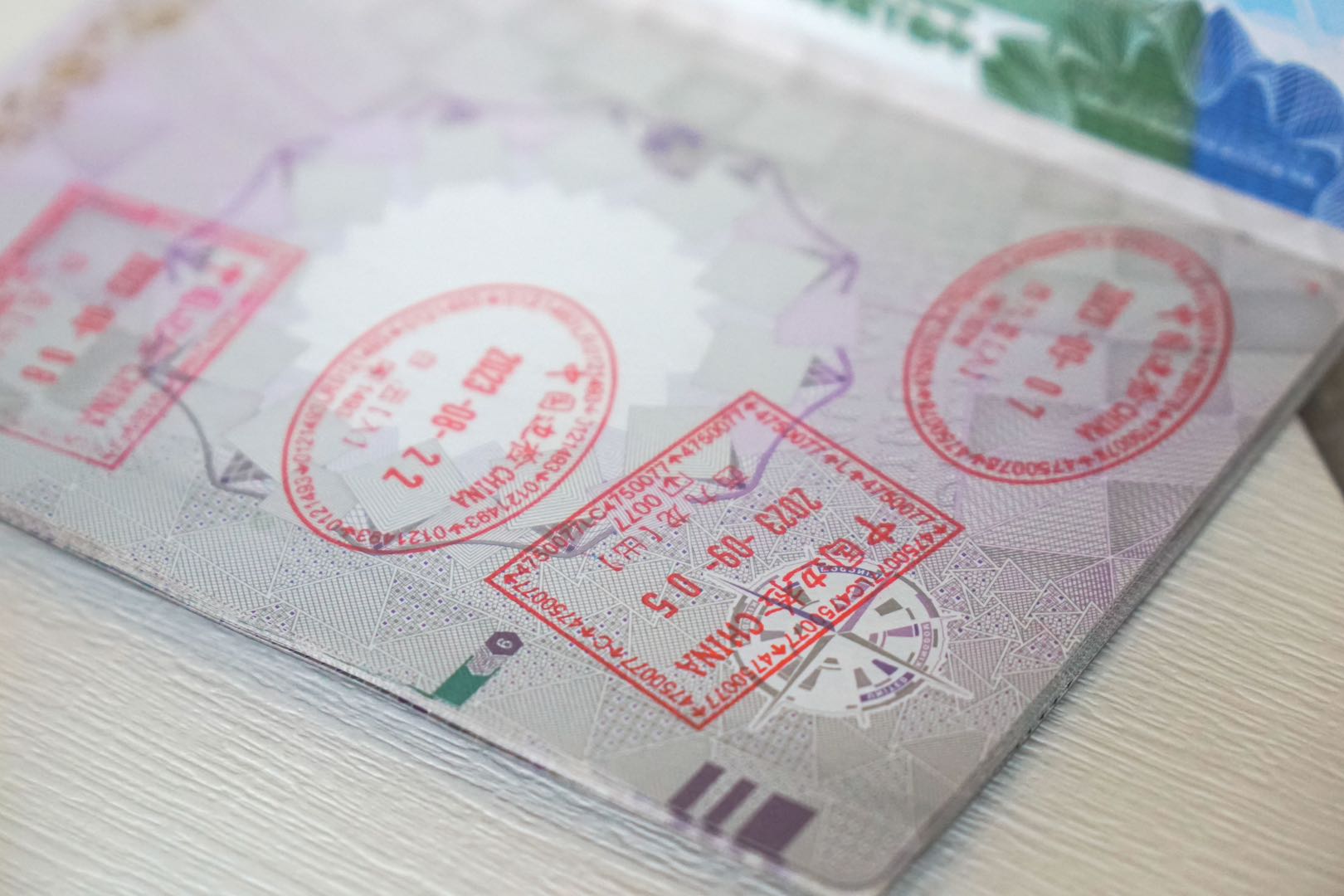The Mt. Emei Scenic Area, located outside Chengdu in Sichuan province, is home to China’s very first Buddhist temple, built in the first century CE at the summit of Mt. Emei. At an altitude of 3,000 meters, the Huazang temple is both tremendously beautiful and historically significant.
The mountain is home to no less than 30 temples of varying ages and dimensions and more than 18 monasteries dotting the densely forested slopes. The Mt. Emei Scenic Area and the nearby Leshan Buddha became a combined UNESCO World Heritage Site in 1996. Needless to say, it will take at least one full day to see.
The first stop at the mountain is Baoguo Temple, where visitors will find a ticket office, tourist center and sightseeing buses to different destinations along the mountain road. The entrance fee to Mt. Emei Scenic Area is RMB185 per person and RMB110 in the off-season (December 15 to January 15). The longest bus trip is from Baoguo Temple to the Leidongping parking lot and will cost RMB90 one-way. Buses to lower destinations are less expensive.

Narrow, winding pathways near the Qingyin Pavillion. Image via @brave_时间是贼/Weibo
Near Baoguo Temple are the natural hot springs where visitors can bathe in mineral-rich water from deep within Mt. Emei. There are a handful of hot spring resorts and hotels in the Baoguo Temple area, which offer swimming and soaking pools of varying temperatures as well as yoga and spa treatments.
For day-trippers, it should be noted that the Lingxiu hot spring is open until midnight and guests can enter as late as 11pm. The ticket price is RMB138 but seems like a great way to unwind after conquering the mountain all day.
As for the ascent, more vigorous visitors can opt to begin hiking up the mountain from Baoguo Temple and visit monkey sanctuaries and a multitude of temples inaccessible by vehicle. The forest is magnificent and plays host to 3,200 plant species, representing a transitional frontier between the Himalayan highlands and the Sichuan basin.
The hiking paths include narrow stone walkways through lush forest and cable bridges over steep valleys with small villages, monasteries and shops along the way. As Mt. Emei rises to 3,099 meters above sea level, the walking route is, understandably, almost all stairs.
If you get tired of walking and are feeling exceptionally regal, a sedan chair is available. Only slightly more extravagant than a first-aid stretcher, two men will carry you up a section of the path for RMB180.

Two very tired men earning RMB90. Image via @王馒头他妈/Weibo
The mountain is home to a large population of Tibetan macaques. These monkeys number in the hundreds and panhandle along pathways and tourist sites, however, feeding them is strongly discouraged.

Don’t feed the monkeys. Don’t be this lady. Image via @詹诗瑶/Weibo
The longer route up the mountain starts at the Qingyin Pavillion and snakes its way through the forest along the trail of 99 Bends. The shorter route departs from Wannian Temple, joining the longer path at Jiuling Ridge below the Xixiangchi Temple.
If you plan on hiking up the mountain, then it is recommended to stay at one of the hotels or monasteries and commit at least two days to explore on foot.
Nearly all the monasteries provide accommodation and vegetarian meals. One of the largest is the Xianfeng monastery, which sits at roughly the midway point of the longer hiking trail. Bunks and private rooms are available and range from RMB50 to RMB600 per night.

Young monks participate in the annual celebration of the restoration of Huazang Temple. Image via @峨眉山景区/Weibo
The vast majority of the mountain’s monasteries and temples are nestled among the trees or sit on narrow protrusions in the wilder parts of the area.
Another way to experience the mountain is slightly suspended above the trees via a cable car that speeds up the ascent. The first cable car connects the Wannian parking lot at the base to the 4th Century Wannian Temple and can carry eight people uphill for RMB65/person and RMB45/person for the descent.
Once at the Wannian Temple, the only way up is by footpath to the Leidongping parking lot where it rejoins the paved road. The Golden Summit cable car also costs RMB65 per person to ascend and RMB55 to descend. Boasting a 100-person capacity, the first Golden Summit cable car leaves Jieyin Hall 20 minutes before sunrise.
 The Wannian Temple cable car on a foggy day. Image via @峨眉山景区/Weibo
The Wannian Temple cable car on a foggy day. Image via @峨眉山景区/Weibo
There are four tourist bus routes departing at 7am in the winter and 6am in the summer. However, if you planned on riding the first Golden Summit cable car and seeing the sunrise, then a hotel room on the mountain would be required. Only during the National Day and Golden Week in October do the buses start climbing the mountain at 5am.
At the Golden Summit, in addition to the Huazang Temple, stands a 48-meter-tall ten-faced statue of the Bodhisattva Samantabhadra (Puxian Pusa in Mandarin). After being closed for 15 years for ropeway maintenance, the Wanfo summit re-opened to the public on May 27 this year.
Sitting 20 meters higher than the Golden Summit, it is the true summit of Mt. Emei and home to the Wanfo Temple from the late Qing Dynasty. Because of the altitude and arduous path, visitors are capped at 2,000 per day and those over 60 years old are not permitted.

The statue of the Bodhisattva Samantabhadra at the Golden Summit. Image via Wikimedia
If you choose to visit the mountain from December (sometimes earlier) to March, the mountain also offers a ski resort with beginner and intermediate skill-level slopes.
Access to the resort is included in the Mt. Emei entrance fee, but skiing costs RMB50 per person per hour with rental equipment and ski instructors available on-site.
Given that there is a ski resort, you can expect cold weather and snow during the winter months. But, the summit of the mountain is accessible, and the landscape is equally stunning under a blanket of snow. Near the peak, weather can change unexpectedly, and it is advisable to bring layers.

The Wanfo summit shrouded in snow and clouds. Image via @乐山消防/Weibo
Mt. Emei is open year-round with the seasons providing distinct scenery. The azaleas bloom in the spring, the autumn brings bright colors to the forest and the winter makes for a snow-dusted wonderland. During the 2021 May Day holiday, Mt. Emei welcomed 121,000 visitors, so avoid public holidays if possible.
Driving from the Sichuan capital to Mt. Emei will take roughly three hours (longer on holiday weekends). Hiring a private car and driver is the most expensive option but might be ideal for a group of up to seven people if comfort and convenience are a top priority.
Emeishan Railway Station is 10 kilometers east of the mountain and inbound trains hail from Chengdu, Chengdu East and Chengdu South stations. Trains take 1 to 1.5 hours, depending on the station of origin, and cost as little as RMB60.
Be careful to get off the train at Emeishan Station rather than Emei (city) Station, as the latter is still quite far from the mountain.
There are local and tourist buses that take travelers from Emeishan Station to the major tourist starting points. In 30 minutes, the number 12 bus will take you to Baoguo Temple at the eastern foot of the mountain. A taxi will make the same trip in ten minutes.
[Cover image via @王萧权Shawn/Weibo]






















0 User Comments